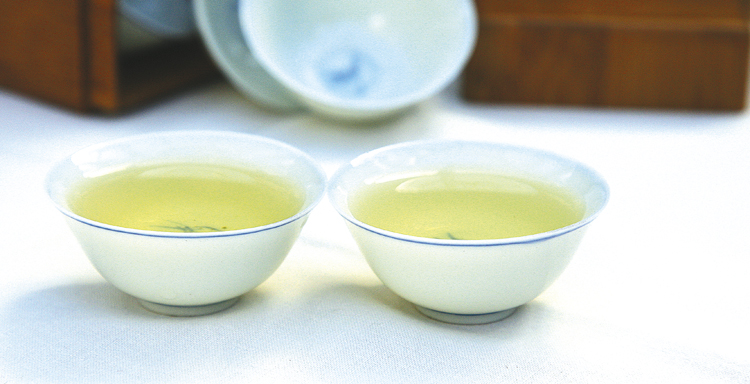There are two kinds of people in the world: those that drink tea, and those that do not. Yet even amongst the former there is but little understanding of this wonderful and refreshing drink and the amazing plant it is made from.
As in so many other matters, it was the ancient Chinese and their advanced civilisation that first noticed tea and its properties. Over the ensuing centuries countless advances were made in horticulture, manufacture, preparation and consumption of tea, with the ever-agile Chinese entrepreneur responding to the fickle demands of the market.
The first Europeans to buy tea in China brought home the then-popular green loose-leaf teas. The distances involved however favoured the oven-dried fermented black teas that kept aroma and flavour longer, and these soon became the European norm.
While it was the Dutch and the Portuguese who first brought tea to Europe, it was the British, following the marriage of Charles II to a tea-drinking Portuguese princess, who made the drink so wildly popular. A punitive import duty that made a pound of tea cost the equivalent of a week’s pay sealed its success. Smuggling boomed. What tastes better than a tax-free drink?
Tea is an evergreen bush or tree in the camellia family. It likes hot and humid conditions, but can survive very cold temperatures and thrives at altitude, where the slower growth favours finer quality and more flavoursome leaves. Climate, soil, altitude; these matter. But so does the picking, the processing and blending; the packing and storing, even the carriage. These all have an effect on the final taste and quality. The smoky taste of Russian Caravan tea was once naturally present because the tea was shipped across the Gobi on camel-back, and the nightly campfire smoke incorporated itself into the leaves.
After the leaf is picked, it may then be crushed, allowed to oxidise, (called fermentation) and then dried, naturally or artificially. Most of the flavours are formed during this manufacturing process. Green teas are treated gently and dried slowly. Red or black teas are generally produced by being allowed to oxidise longer after being crushed quite heavily. This oxidisation process can be terminated rapidly by kiln-drying, or allowed to gradually diminish by slower drying in the sun, or under shade. There are as many processes as there are inventive minds, and all produce different flavoured teas, with different properties.
The natural chemical compounds, including caffeine, in the leaves are more pronounced in flavour and strength in black tea than in green tea. The amount of caffeine in a cup of black tea can rival that of a cup of coffee; but it is the accompanying chemicals that make the difference: tea has many polyphenolic flavanols that cause the caffeine to be absorbed slowly over a longer period of time. Coffee has many alkaloids, harsh and bitter, and the caffeine is absorbed quickly. Coffee is the more abrupt. Tea the more revitalising and refreshing.
Let no-one tell you otherwise: tea, however drunk, must be made with freshly-boiling water, (or with green teas, water just not quite boiling). Water boiled too long will have lost the naturally-dissolved oxygen that brings out the true flavour of the tea. Water that has been boiled, then allowed to cool to merely hot will produce nothing better than bilge water, no matter how good the tea it is added to.
Crème de la Crème tea drinkers treat the leaf with the respect it deserves. Give it freshly-boiling water and about 5 minutes of rest, and you will have a drink that can be taken with food, or without; drunk hot, cool or iced; in fancy china or from a billycan; flavoured and sweetened or plain; with milk, or without.
